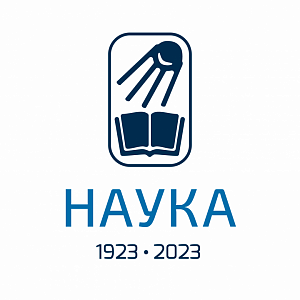Article
Thermophysical Properties of Materials
2008. V. 46. № 2. P. 194–198
Shvets V.T.
Electrical conductivity of metallic hydrogen as a ternary system
Annotation
The electrical conductivity of metallic hydrogen is calculated at a temperature of $3000$ K and density of $0.3$ mol/cm$^3$, which correspond to the conditions of its preparation under terrestrial conditions. Hydrogen is treated as a ternary system. One subsystem is provided by protons, and the second — by neutral atoms of hydrogen. For the third, electron, subsystem, the model of nearly free electrons is used, and for inverse relaxation time for electrical conductivity — the second order of the perturbation theory with respect to electron-proton and electron-atom interactions. The Coulomb electron-electron interaction is included in the random-phase approximation, and the exchange interaction and correlations of conduction electrons — in the local-field approximation. The hard-sphere model is used for the proton and atomic subsystem. The electrostatic interaction alone is included as electron-atom interaction. The concentration of electroneutral atomic component is determined from the condition of agreement between the experimentally obtained and theoretical values of electrical resistance at temperature and density corresponding to the experimental conditions for preparation of metallic hydrogen. This concentration turns out to be $66\%$.
Article reference:
Shvets V.T. Electrical conductivity of metallic hydrogen as a ternary system, High Temp., 2008. V. 46. № 2. P. 194
Shvets V.T. Electrical conductivity of metallic hydrogen as a ternary system, High Temp., 2008. V. 46. № 2. P. 194







